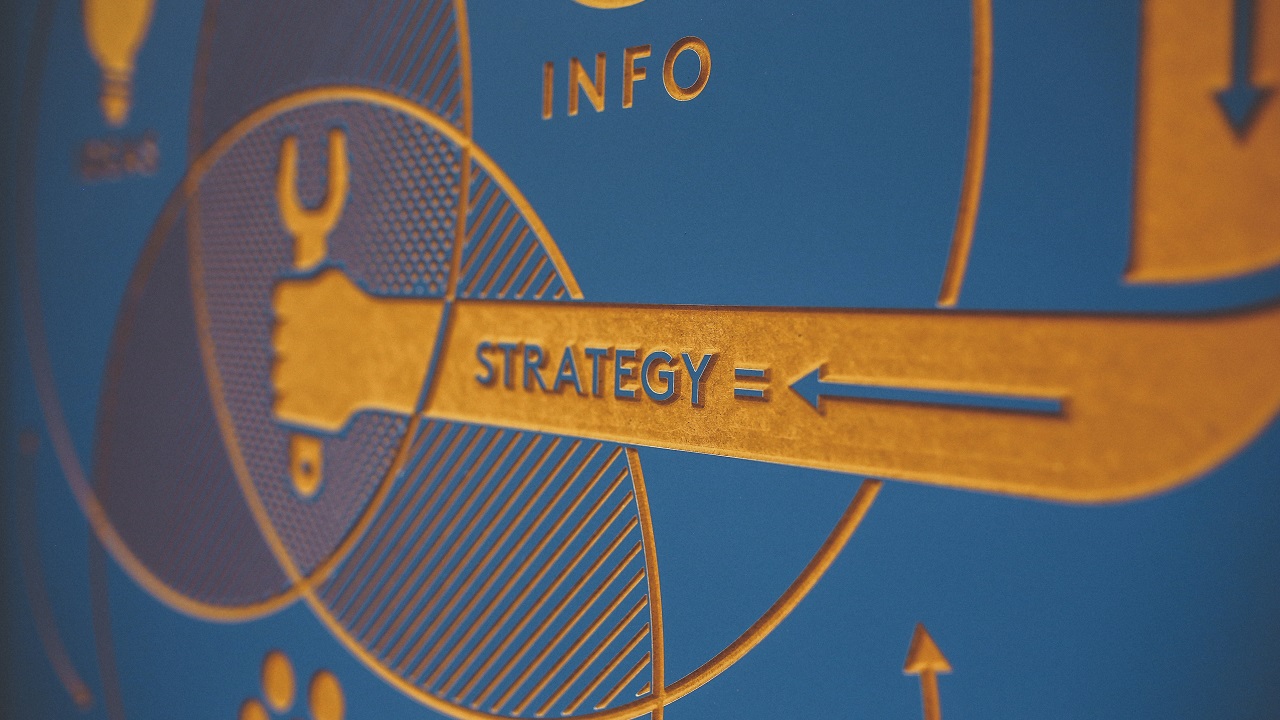 Special to the Philanthropy Journal
Special to the Philanthropy Journal
By Christy McWilliams
Recent trends in the nonprofit community illuminate the problem of declining donor engagement. At the same time, the commercial sector has seen the explosive growth of people-based marketing where brands have a deep understanding of their customers and can deliver highly relevant, personalized experiences at an individual level — driving customer value up.
Given the relative size of the universe and the incredible potential value, mid-level donors represent the perfect opportunity in which organizations can test drive a highly-targeted, donor-centric, personalized approach. They scale in greater numbers than major donor prospects but are smaller in number than a full, direct response donor universe. And for most organizations, these donors represent a critical constituency, often with untapped potential and ample opportunity for growth.
 For those who are just getting started or those looking to rejuvenate a stagnant mid-level program, adopting a “three and three approach” — answering three fundamental questions and focusing on three critical areas can help you create a meaningful, personalized mid-level program that can yield strong increases in both donor engagement and value.
For those who are just getting started or those looking to rejuvenate a stagnant mid-level program, adopting a “three and three approach” — answering three fundamental questions and focusing on three critical areas can help you create a meaningful, personalized mid-level program that can yield strong increases in both donor engagement and value.
The first three questions are focused on goals and approach to help your organization create a set of guiding principles on which to launch a strong program.
- Is your organization committed to making it work? Launching any new program requires a commitment. But a true mid-level program is not a tactical adjustment — it’s a strategic initiative that requires time in market to drive results. Many programs fail because there is no commitment to letting the effort take hold or time to evolve it from early learnings. It can be tempting to expect immediate results, but aligning first around the goals and KPIs you are seeking and allowing time for your program to gain traction against them will provide a stronger long-term payoff.
- Is your organization aligned? It’s critical to gain alignment from leadership and colleagues across every team that has an interest in these donors. Include direct response personnel and individual front-line fundraising teams to build the strongest plan and the right level of personalization for mid-level donors. Establish visibility for the program, along with clear KPIs, rules of engagement for communicating with these donors, and a defined timeline for results and reporting. To minimize risk and increase engagement among internal stakeholders, consider establishing a pilot program across a limited universe to measure progress against your existing fundraising strategy. Develop a schedule of benchmarks to measure incremental and cumulative progress, and establish a “go or no go” date before launching widely.
- Can you offer donors a different experience than they are receiving today? To reverse the declining engagement trend, it’s critical to have something of value to offer your mid-level donors and to set an expectation of experience on which you can deliver. Donor centricity should be your guiding principle. Do the work as a group to define the experience upfront and provide it — from introduction to ask, from stewardship to upgrade. Capture data points along the way about donors’ interests and preferences to use for future personalized targeting and messaging. Adjust where necessary based on ongoing donor feedback and results.
Next, focus on the three primary areas that drive successful execution, in this order:
- Audience: One reason mid-level programs fail is the audience targeting is too broad. A defined target can help focus your efforts and develop your offer and ask strategy more effectively. Perform donor value analysis along with wealth enhancement. Examine loyalty and engagement metrics and identify actions that may indicate a passion for your cause. The convergence of these data points is the best place to find your audience. Assess performance along the way, and adjust based on your learnings.
- Offer: Knowing what truly motivates your high-level audience to give plays a critical role in crafting an offer that connects them with the value of an increased donation. If you don’t understand your donors’ needs and motivations, it’s critical to gain some understanding either through formal research or one on one conversations across a wide sampling of your target mid-level audience.
- Channel Integration: It’s important to map your donor’s experience across media and channels. This can be a difficult step since there are often different owners of digital and offline channels. Work across owners to create a mid-level experience and communications road map. Assembling the right media mix that targets and personalizes the experience for this audience will ensure a more unified mid-level brand for your donors and can lay the groundwork for even larger internal collaborations in the future.
The process of launching a highly personalized mid-level program is not only worth the effort to drive more revenue and stronger donor relationships, it will likely teach your organization something about your donors you didn’t know before and can even create stronger internal collaboration across departments. And who doesn’t need a little silo busting these days?
Christy McWilliams is a Senior Strategy Director in Merkle’s nonprofit practice, focusing on direct response and mid-level giving programs. She has 20 years of fundraising and marketing experience on both the client and agency sides of the desk.





